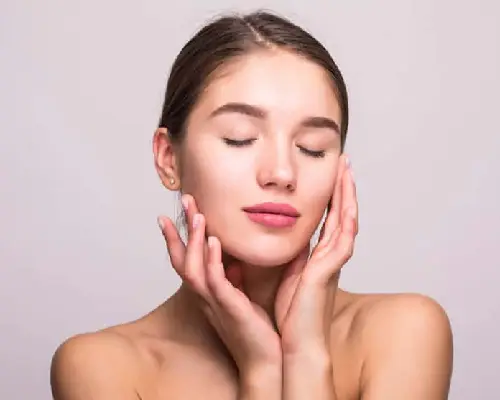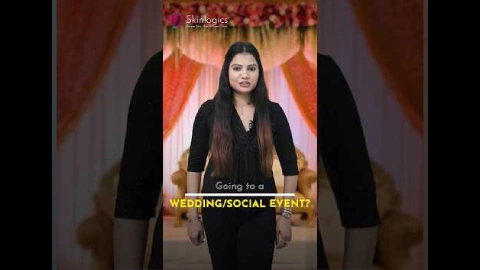Types of Photo Facial Treatments
- IPL photo facial in Noida- IPL or Intense Pulsed Light therapy makes use of intense, broad-spectrum non-coherent light to treat skin issues. Usually, a high-output flash lamp or handheld device that produces light of wavelength 500 to 1200 nm range (out of bandwidth of laser light) is used for photo facial treatment.
Such intense light can go deeper into the skin and cause collagen fibres and blood vessels to constrict. That’s why it is commonly indicated for the treatment of photo-aged or photo-damaged skin. It is preferred for reducing overall skin redness or hyperpigmentation; treating spider veins or broken capillaries; evening out skin tone; smoothening fine lines and wrinkles. - LED photo facial in Noida- LED or Light Emitting Diode was originally designed to heal wounds but later was discovered to be very effective at skin rejuvenation. LED photo facial utilises an array of bright light-emitting diodes to deliver low-intensity light energy into the superficial skin and the layers lying beneath it. This treatment uses light of wavelengths falling in the visible light spectrum. Each colour of LED light can penetrate the skin at different depths.
In LED photo facials, Red LED light and Blue LED light are usually used. The blue light is only for treatment of superficial skin concerns and it may help heat destroy acne-causing bacteria. Red light is mostly used as it can treat both superficial and deep-seated skin concerns. It is known to reduce skin inflammation and encourage collagen production, which provides the skin with a youthful appearance.
LED photo facial is usually recommended for people having sensitive skin but who want to be treated for minor aesthetic skin problems like blemishes, wrinkles, etc. This treatment promotes ATP production. As the compromised cells get the fuel in form of ATP, they get rejuvenated, collagen production gets boosted, and there is improved blood circulation. Therefore, LED photo facials can reduce acne, plump the skin, diminish fine lines and wrinkles, reverse photodamage, and even heal chronic pain.


